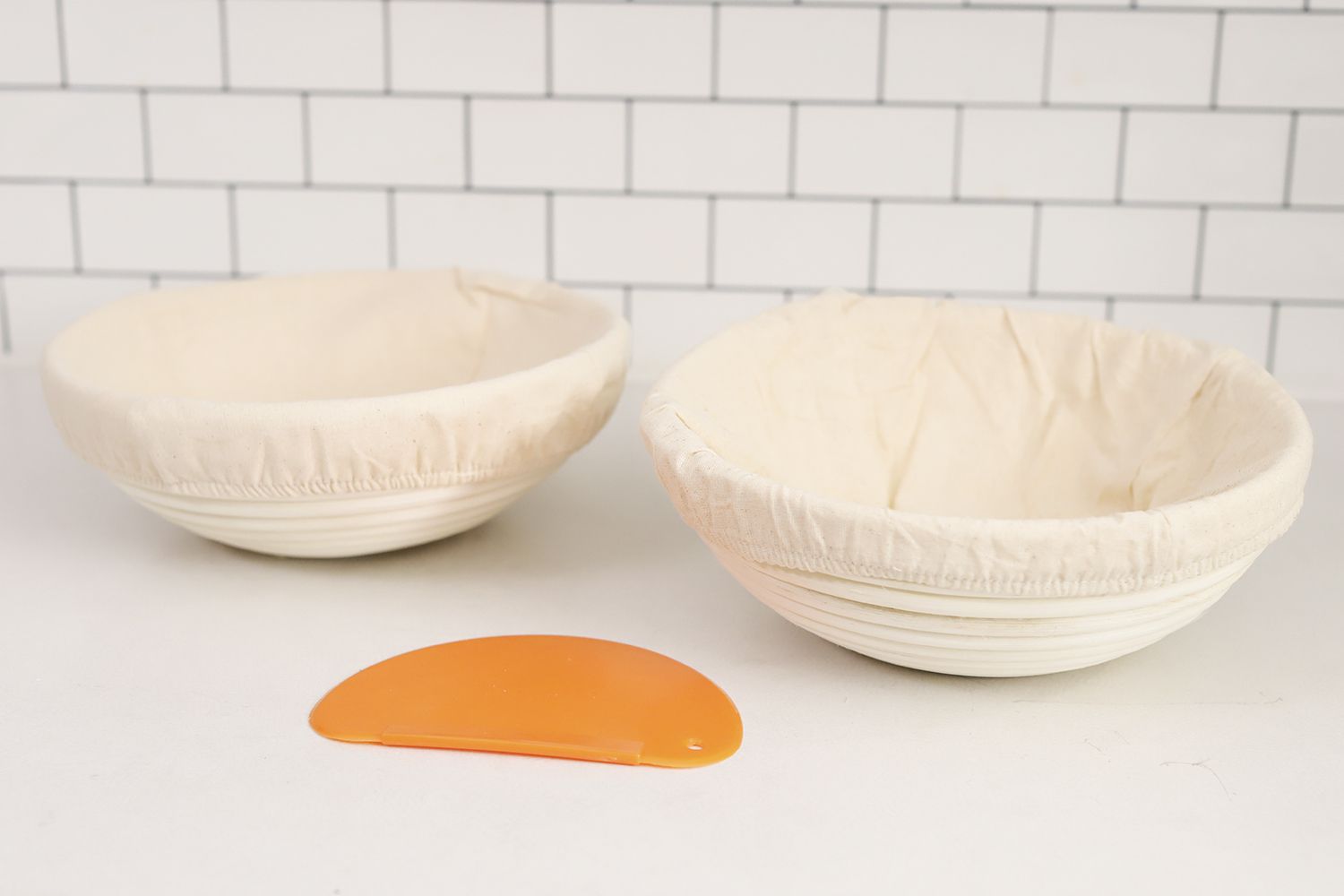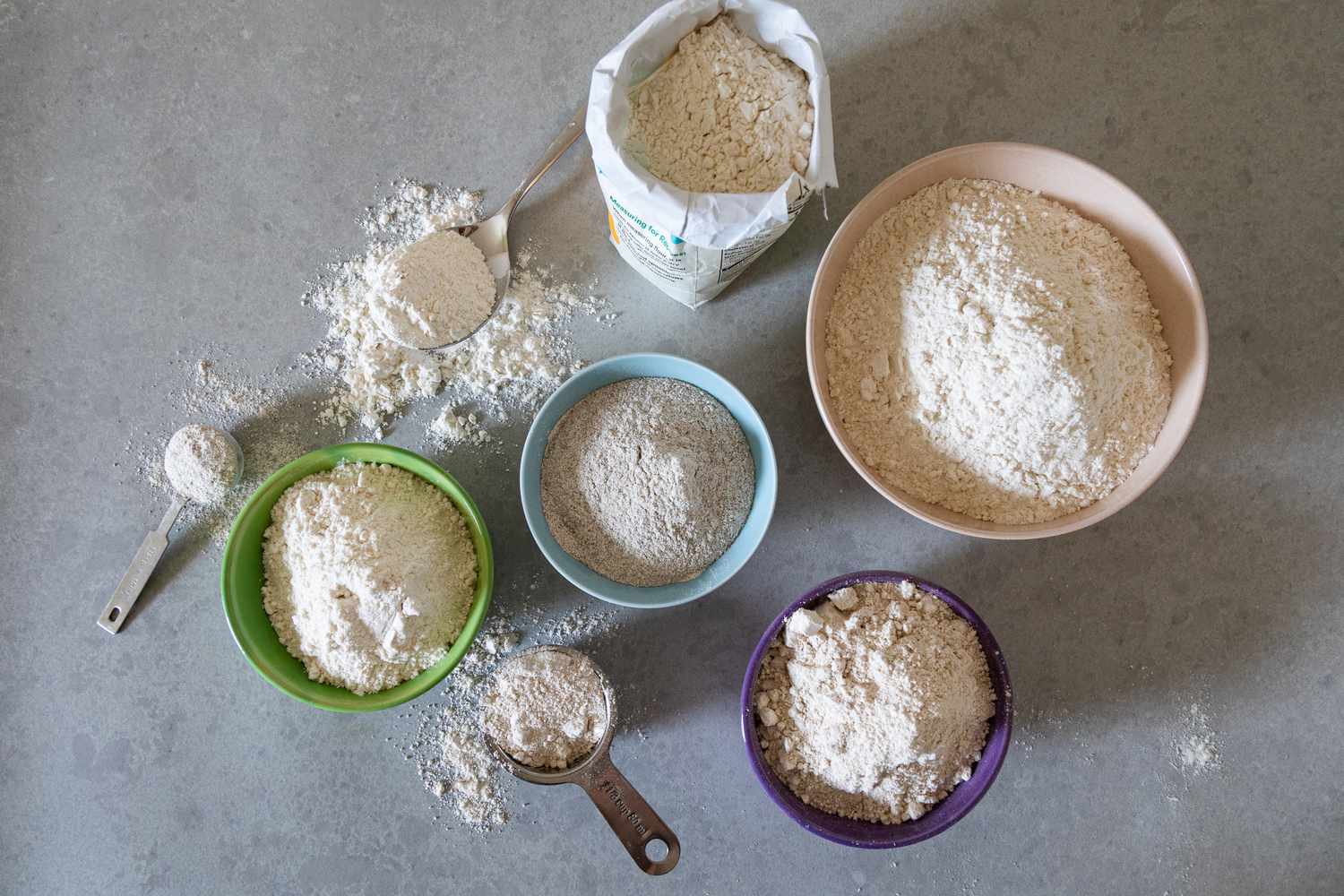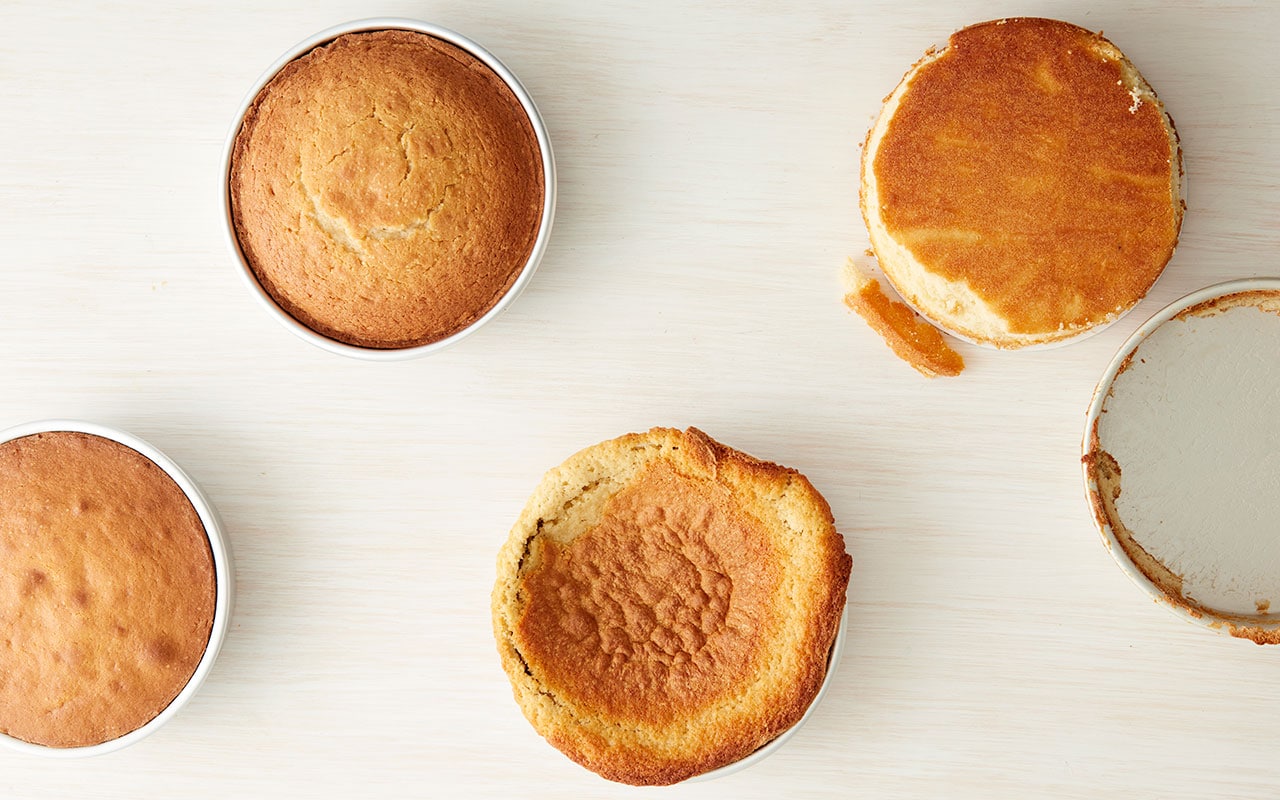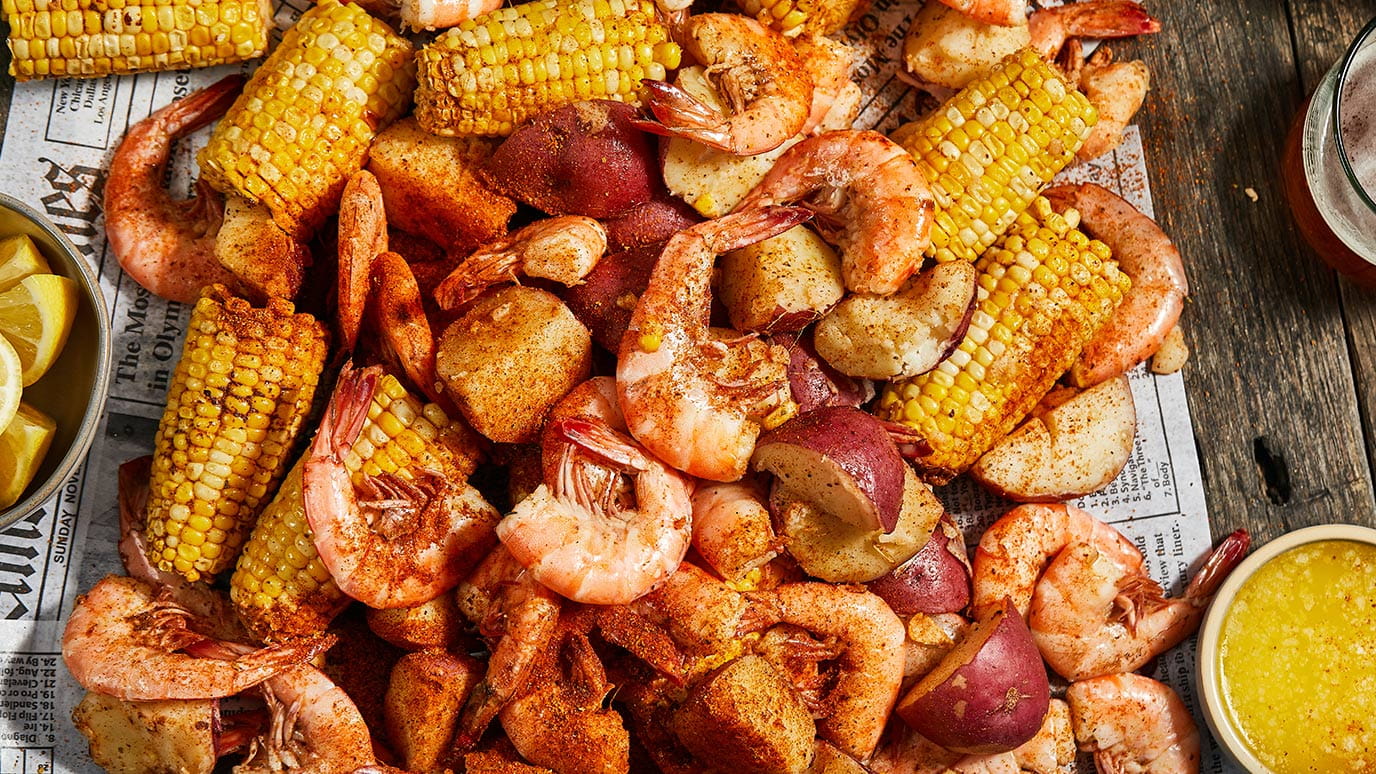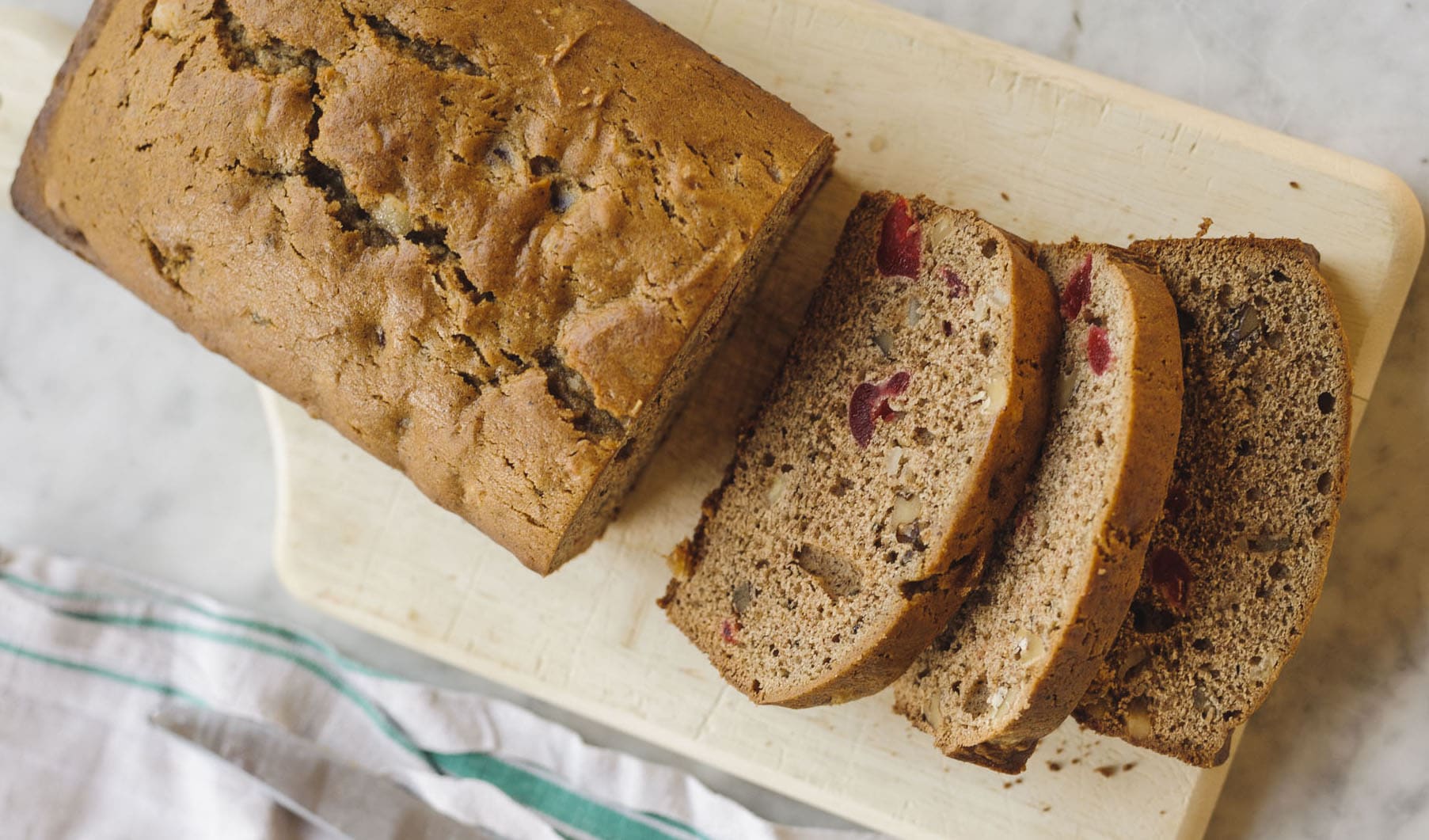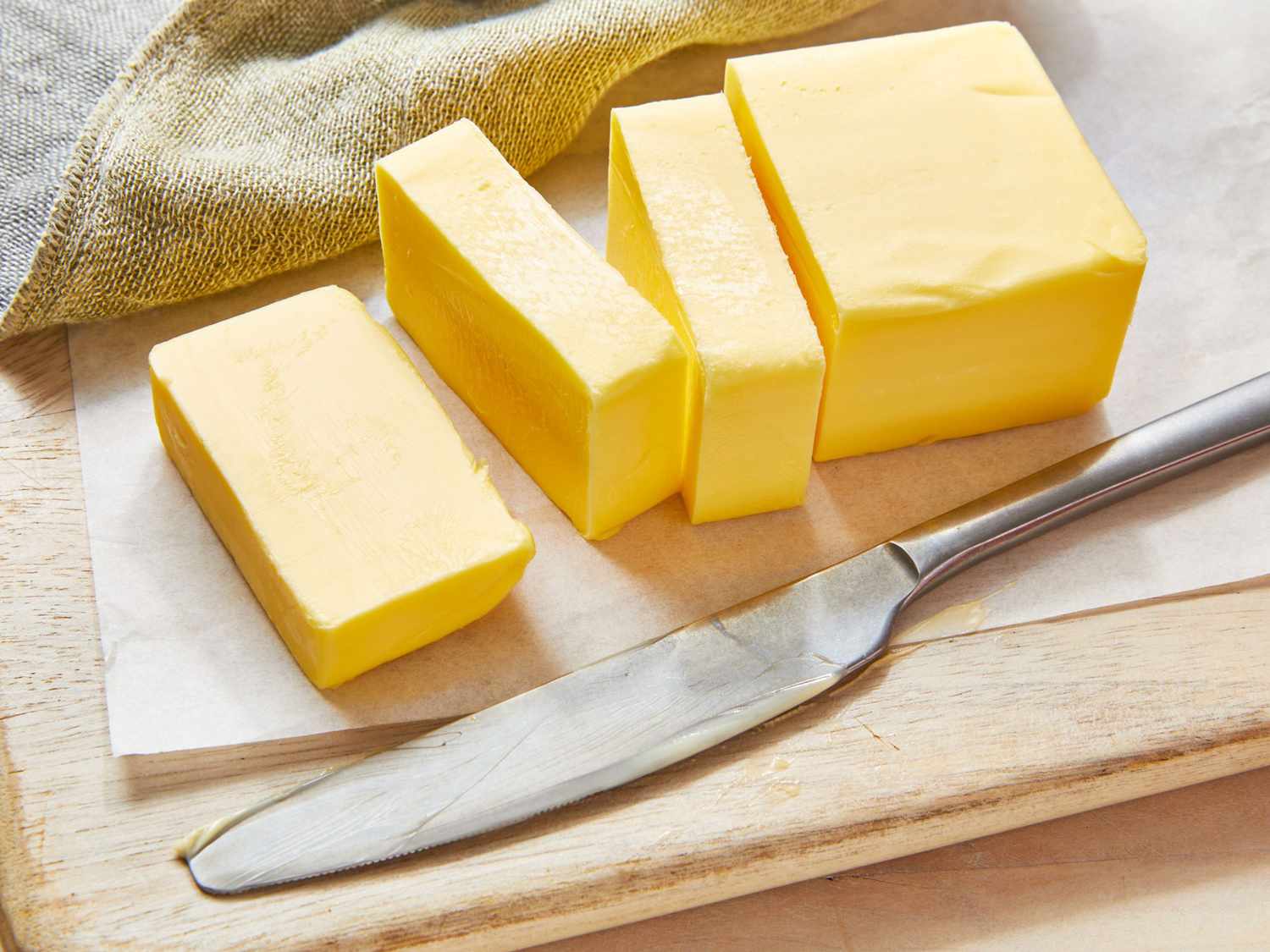Bleached Flour vs Unbleached: Understanding the Differences
When it comes to baking and cooking, flour is a staple ingredient that plays a crucial role in the final outcome of your creations. But have you ever wondered what the difference is between bleached flour and unbleached flour? In this article, we’ll dive into the details and help you understand the nuances between the two.
The Bleaching Process
Let’s start by shedding some light on the bleaching process. Bleached flour undergoes a treatment that involves using chemicals to whiten the flour and improve its texture. This process helps to speed up the natural aging of flour, making it look brighter and more appealing to consumers.
Typically, bleached flour is treated with chemicals like benzoyl peroxide or chlorine gas. These chemicals work by oxidizing the pigments in the flour, resulting in a whiter product. It’s worth noting that the use of certain chemical additives in bleached flour is regulated and deemed safe for consumption by food regulatory authorities.
Unbleached Flour: A Natural Alternative
On the other hand, unbleached flour is not treated with any chemicals to alter its color or texture. Instead, it goes through a natural aging process, whereby it is left to mellow and develop its texture and flavor over time. Unbleached flour is often considered a more wholesome and natural choice.
Unbleached flour retains its natural ivory hue and has a slightly denser texture compared to bleached flour. Due to its minimal processing, it may have a slightly higher protein content, making it a preferred choice for certain recipes such as bread and some pastries.
Key Differences in Baking
Now that we understand the basic differences between bleached and unbleached flour, let’s explore how they can impact your baking:
- Texture: Bleached flour generally produces baked goods that are lighter and softer, while unbleached flour tends to result in slightly denser and chewier treats.
- Rise: Due to its lighter texture, bleached flour may yield a higher rise in baked goods, making it ideal for recipes that require a fluffy texture.
- Flavor: Unbleached flour often has a slightly nuttier and more robust flavor compared to its bleached counterpart. It can lend a pleasant depth of flavor to your baked goods.
- Appearance: Bleached flour imparts a bright, white appearance to baked goods, whereas unbleached flour gives them a more natural, off-white color.
Choosing the Right Flour for Your Needs
When it comes to deciding between bleached and unbleached flour, it ultimately depends on your personal preferences and the specific recipe you’re preparing. Here are some general guidelines to help you make the right choice:
- For light and delicate treats: Bleached flour can give your cakes, cookies, and pastries a soft and tender texture.
- For heartier and rustic creations: Unbleached flour is a great option for baking bread, bagels, and other recipes that benefit from a denser texture and nuttier flavor.
- For a healthier choice: If you prioritize consuming minimally processed ingredients, unbleached flour may align better with your dietary preferences.
Ultimately, both bleached and unbleached flours have their respective uses and can yield delicious results when utilized correctly. It’s always a good idea to experiment and find the flour that suits your baking style and desired outcome.
In conclusion, understanding the differences between bleached flour and unbleached flour can empower you to make more informed choices in the kitchen. Whether you opt for the bright white allure of bleached flour or the natural qualities of unbleached flour, remember that the key to successful baking lies in the right combination of ingredients and techniques.

